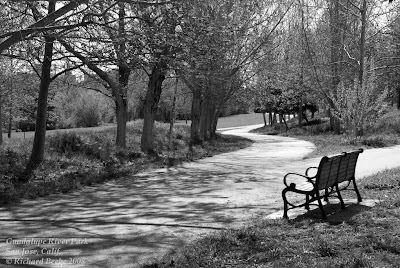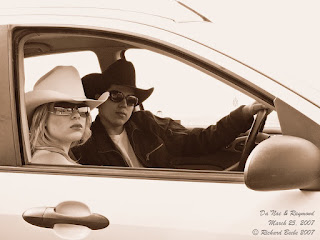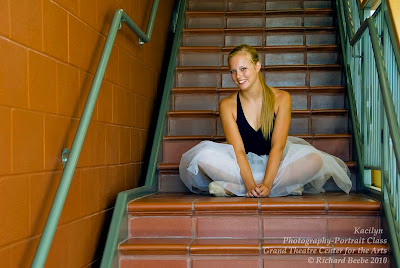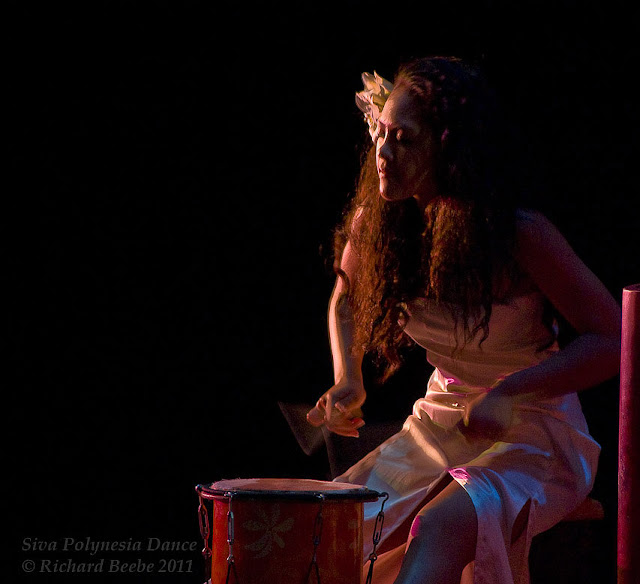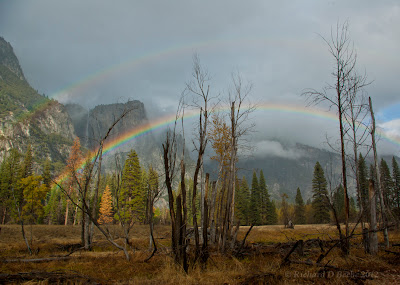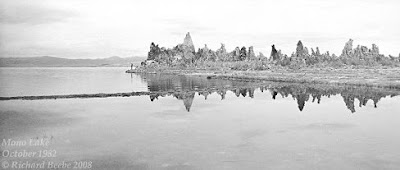Park Bench, Guadalupe
River Park, San Jose
Often we have story telling
attached to our images. There's more than "I went for a walk and found
'this' and took a picture."
Four favored images come to mind, from San Jose's Guadalupe River Park. Overall, the parkway runs for a number of miles, from upstream of the 280/87 freeway interchange through the city's heart, then further northward toward the airport, and ultimately to Alviso and the Bay. Anyone finding themselves in downtown San Jose can easily wander the trails alongside, crossing, or connecting outwardly from the refurbished waterway. Where once it was something better to overlook and avoid, it now attracts the worker, the visitor, the local, to go for a walk or ride a bike, whether for a few minutes or for an hour or longer.
The particular setting here
is a bit further north. Taylor Street crossing is nearby. The "Heritage
Rose Garden" is equally close to the west, adjacent to the riparian landscape.
The reason for the images
begins with number 3, from a warm spring day in 2008.
March 21, 2008.
This would have been my
mother's 96th birthday, had she not passed away in May the previous year, just
ahead of Mothers Day weekend. In strolling the pathways, this park bench scene
caught my attention. And, yes, I paused awhile in quiet sitting. I believed my
mother would have liked this scene. The "big picture' of the setting,
maybe not. It's directly under the flight path for San Jose International
Airport. It's easily within range of the traffic on the well-traveled triangle
that surrounds this area - highway 87 freeway, and busy Taylor and Coleman Ave.
To the southeast, the high rises of the downtown "heart of Silicon
Valley" rise above the nearby trees.
The original color version
was found on Flickr a little over two years ago by an assistant to an author
writing a book at the University of Pennsylvania on Hargreaves Associates, a
major landscape architecture company involved with projects across the country
as well as worldwide. Alas, the original full res copy they needed for
publication was lost when an external hard drive it was on failed, taking a
multitude of images from 2008 and '09 with it. So, the offer was made by me to
revisit the location and reshoot the image and location.
The initial reshoot image is easily my favorite of
this park bench scene, because of the inclusion of that couple walking
hand-in-hand in the distance.
I watched as they had walked the trail directly next to the bench, then simply waited until I liked their position within the frame with respect to the bench, pathways, and landscape, keeping the f/stop wide for an intentionally shallow depth of field. For maybe 20 seconds I had my finger poised on the shutter release, getting a handful of frames in very quick succession. This is another of those "sniper" moments I tell my photo students about, where you see something developing, react with the foresight to ready your settings and position, set the focus, then await the magic moment to complete the capture.
Another view of the bench from the other direction was also captured.
The final scene was captured
maybe 40 feet away, visible in the background of the image above.
This was the one chosen for inclusion in "Unearthed: The Landscapes of Hargreaves Associates" by Karen M'Closkey (pages 24 and 34), which was published earlier this year.
If you find yourself in San
Jose, with a willingness to take a relaxing stroll, maybe you’ll find this
scene. Maybe that park bench will call to you… “come, sit for a minute.”
Tech Notes:
- 11-26-2011 -
f/6.7 x 1/180 @ ISO 200, +1 EV, 190mm
- 03-21-2008 -
f/11 x 1/90 @ ISO 100, +/- 0 EV, 50mm
- 11-26-2011 –
f/4.5 x 1/750 @ ISO 200 +1 EV, 98mm


